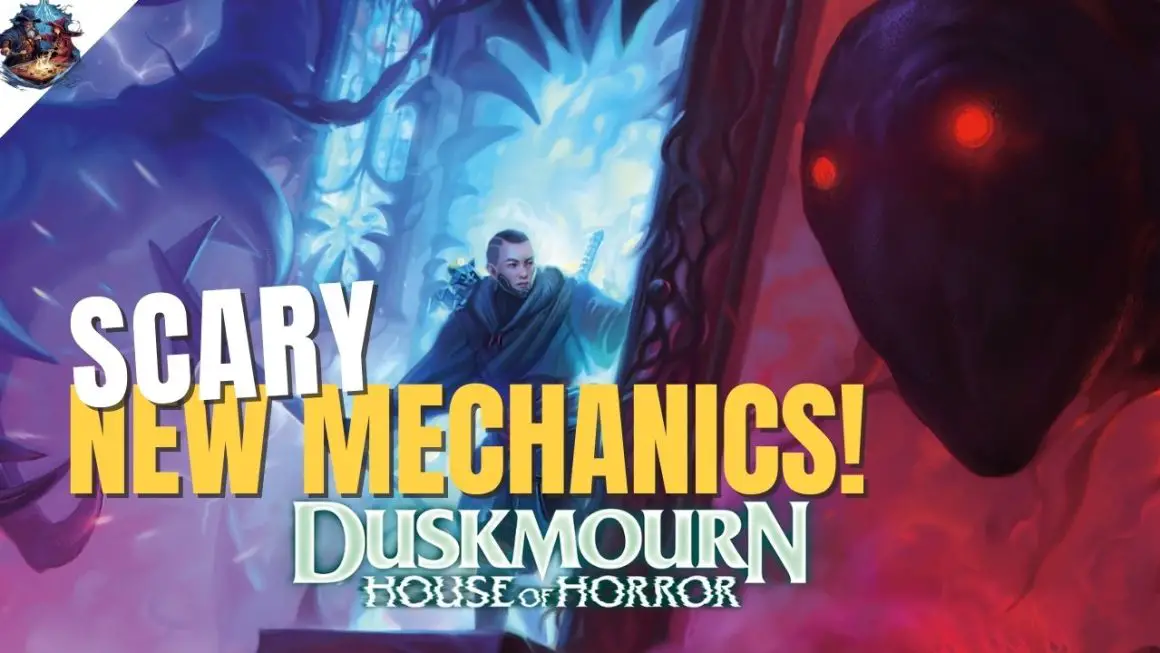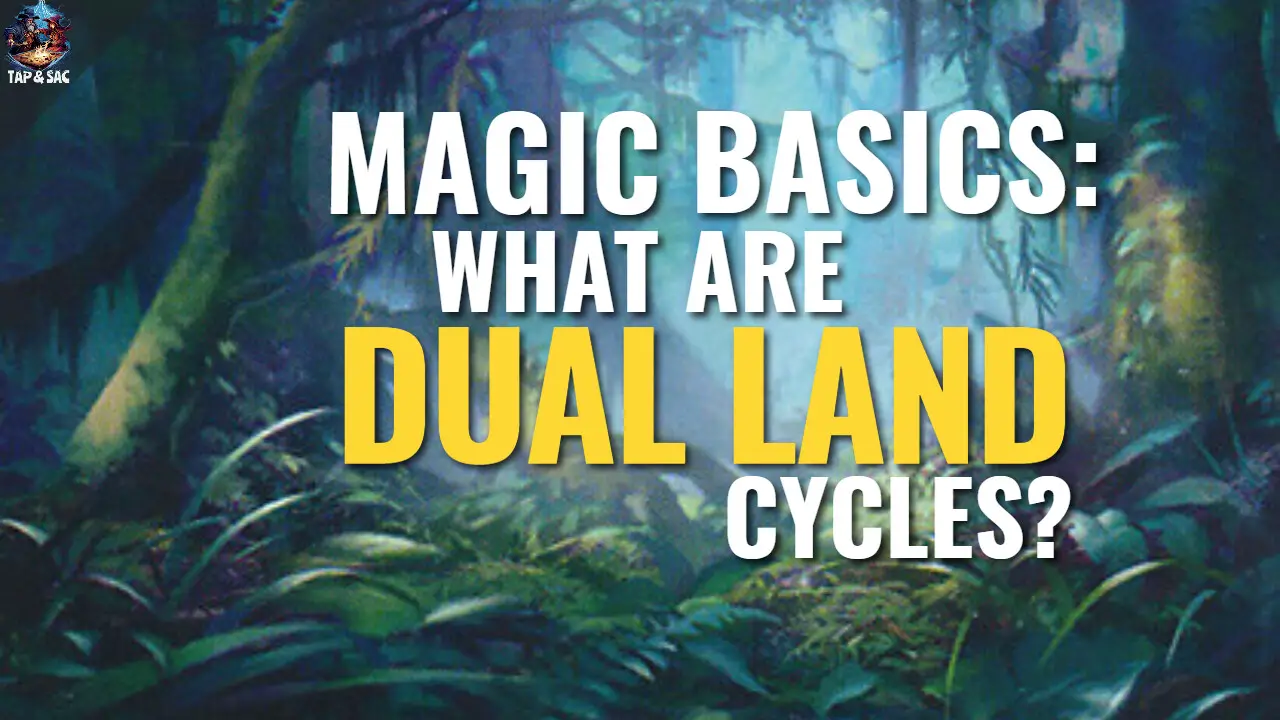New formats are constantly conjured up by Magic: the Gathering fans, and 1 of the recent ones that have gained traction is the “singleton” styled Gladiator format. It borrows attributes from various established formats to create an environment where Gladiator games feel more casual, and thus are more attractive to certain players.
According to the official creators, Gladiator is meant to be an Arena-only format, meaning it also includes Alchemy cards (though rebalanced cards are not). If that all sounds confusing to you as a new player, we’ve summarised the essential nuts and bolts of the Gladiator format here:
| Deck Size | 100 (minimum) |
| Platform | Arena (digital only) |
| No. of copies of a card | 1 (except Basic Lands) |
| Card pool | Everything on Arena (except ban list and rebalanced cards) |
While you can definitely play Gladiator in paper form as well, since there isn’t a set ruling on the card pool, you can make a suggestion to your group to just follow Commander format’s card pool.
What Are the Differences Between Gladiator, Commander, and Brawl?
Here’s where Gladiator, Commander, and Brawl formats are similar: firstly, the follow the Singleton” rule, meaning only 1 copy of each card can be in the deck, excluding Basic Lands. There are no Sideboards in all these formats, and they have banned lists, though each have variances.
| Gladiator | Commander | Brawl | |
|---|---|---|---|
| Deck Size | 100 | 100 | 60 |
| Starting Life | 20 | 40 | 25 |
| Uses a “Commander”? | No | Yes | Yes |
| Availability on Arena | Events only | No | Yes |
| No. of Players | 2 players | 4 players | 2 players |
Starting life totals are also different between Gladiator, Commander and Brawl, with Gladiator surprisingly having the lowest at 20.
Which Players is Gladiator Format Good For?
Gladiator format games tend to run slower than other more optimised formats, since the deck size is bigger and you can’t have 4 copies of every strong card stuffed into it. Beginners will better appreciate the slower pace, and the unpredictability of Gladiator, since neither them or the opponent can really say what they’re going to draw next.

But is Gladiator format better than any of the other super casual formats like Pauper (only Common cards) or Artisan (only Common and Uncommon cards)? That’s a tough question, since excluding Rare and Mythic Rare cards will also lower the power level of decks. However, the ability to put 4 copies in a 60-card Pauper or Artisan deck actually can make it very streamlined and optimised.
| Pros | Cons |
|---|---|
| Variety of gameplay | Can feel grind-y |
| Longer games, more interaction | Best of 3 means long matches |
| Small ban list | Designed only for online play |
Our recommendation is that you prefer shorter games while learning Magic’s rules, then a smaller deck and lower power in the form of Pauper or Artisan will be better suited than Gladiator. But if you like having more balance and just avoid the hassle of starting new games (shuffling etc.), then Gladiator is the way to go.
Boros Control Deck Example and Gameplay
Want to see how Gladiator looks like on Arena? We modified a Boros Control deck list found online and took it for a spin. See the action here!




